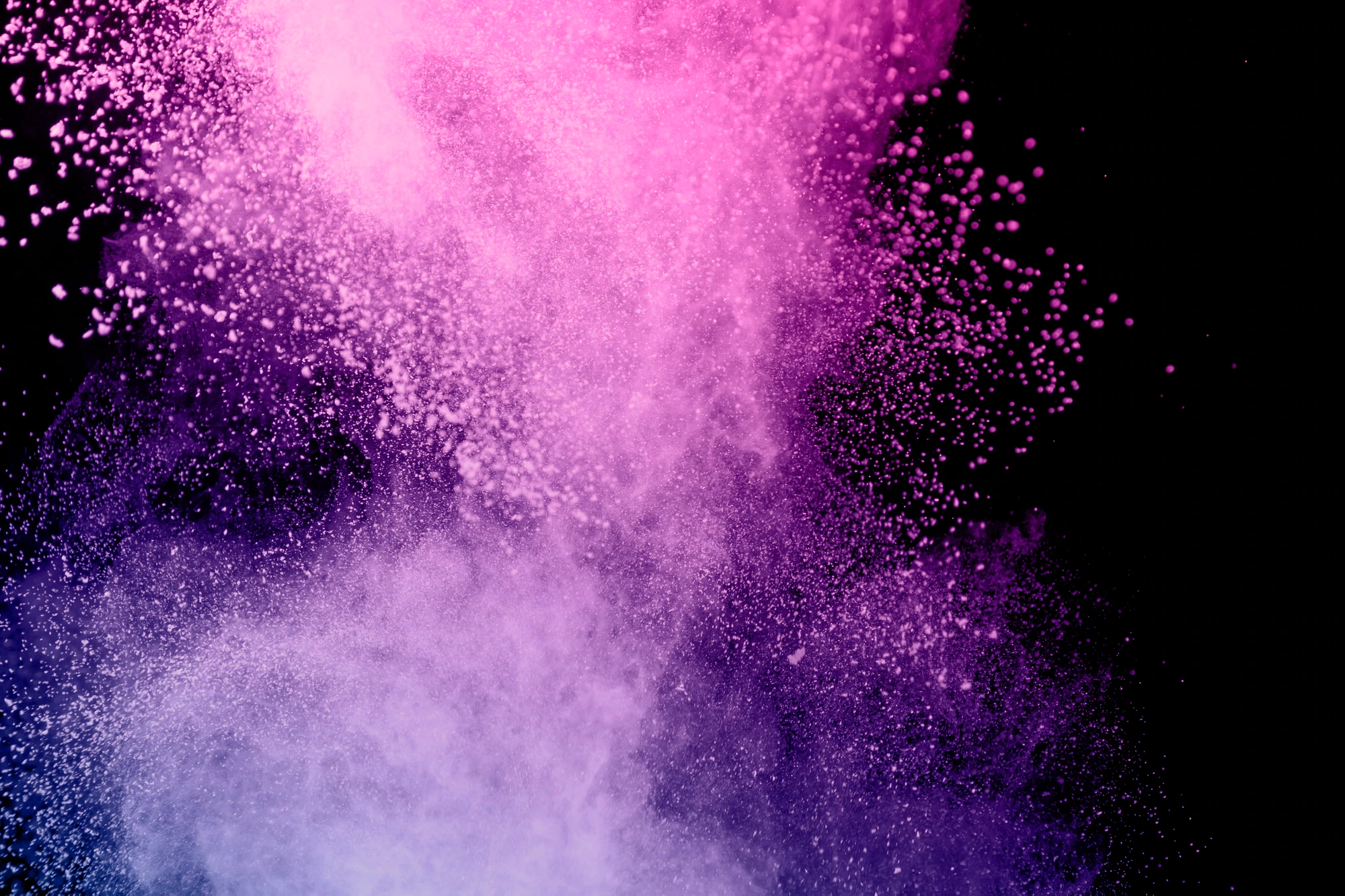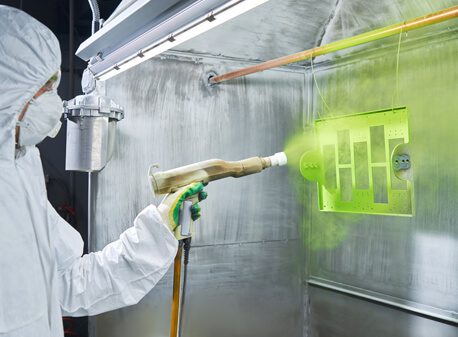
There is no cost associated with solvent consumption, which can be added up to 70% to wet paints and ensures fluidity during application. These solvents volatilize during application and firing and are generally not recoverable. Laws around the world have banned the discharge of solvents into the atmosphere. This means that the disposal of solvents requires the use of incinerators, which in some cases incur additional costs.
Water spray washing booths are frequently used in wet paint systems. Residues of overspray often emulsify in water. In some cases, this water is discharged directly or kept in waste water tanks. Powder coatings do not cause such problems and the associated waste disposal costs.
All extra sprayed powder can be recycled. There is also no dust in the atmosphere.
Since the powder coating does not contain solvents, there is a significant reduction in irritation of the nose, mouth and throat. Liquid paints that come into contact with the operator’s skin should be washed off with solvent and then emulsified in hot water with soap. In some cases, even special industrial hand cleaners should be used.
Powder coatings do not usually cause skin irritation, but in rare cases individuals may react to certain types of powder. Powder dyes can be easily removed from the skin by washing with warm water.
Powder coatings do not contain solvents, which reduces the risk of fire. Therefore, your facility saves on legal security measures and the insurance premiums you have to pay are reduced. You will also not be subject to flammable liquid legislation.
Processing times for powder coatings are generally shorter than for liquid coatings. Since no solvent is used, there are no flash off times. Instead, powder-coated products can be sent directly to the oven. This allows you to save space and time significantly.
The air turnover rate of the furnace is significantly reduced as there is no potentially explosive solvent build-up to remove. This means less heating of the air, less energy consumption and lower costs.
Aqueous or water-based paints contain organic solvents. This can save energy related to the removal of VOCs in the paint and air in the oven. Furthermore, when using water-based paints, the temperature and humidity of the application area must be precisely controlled. This is an additional cost compared to powder coatings.
You can use our powder paints immediately. Solvent powder coatings.
or mixed with another substance such as a catalyst.
This is great news for those who want to save time on site.
For solvent-based systems, the solvent balance must be precisely adjusted according to the polymer type, application and curing conditions. If this is not done correctly, many film defects will occur. This is not the case with powder dyes. In general, superior film properties such as adhesion and corrosion resistance are achieved with powder coatings compared to wet coatings.
Damaged or poorly painted areas can be easily repaired before baking by blowing off the dust and recoating.
The ventilation requirements of a powder spray booth are much lower than for solvent-based paints. This is an advantage for those who want the heating and ventilation of their workspaces to be economical. Since water with a lower temperature has to be changed in the workshop, less dust is attracted and the dryness of the air is lower, to the benefit of the operators.
Paint loss in powder coating applications is below 5%. The overspray can be collected again and the collected overspray can be mixed with the new paint to utilize up to 95% of the material. Almost all of the contents of the powder coating canister are placed on the coated product. Many wet paints contain high levels of volatile substances. Due to the loss of this volatile during the dyeing process, perhaps only 50% of the can content is replaced on the dyed product
Compared to traditional wet coating systems, with powder coating you can achieve a more uniform and, if necessary, higher film thickness in a single application. Interpon offers powder coatings with very thin film thicknesses.
Whether decorative, functional or both; powder coating varieties always offer viable solutions. There is an enormous palette of colors, matte, satin, glossy, metallic, textured, soft-touch and many more options you can think of. Functional properties range from antibacterial to corrosion protection or easy cleanability.
Operators who will apply powder coatings receive much less training compared to solvent-based coating systems.
Applying powder coating is much cleaner than applying wet paint. The spray booth can be cleaned quickly and easily. Dust that has settled outside the cabin can be removed with an industrial vacuum cleaner.
Powder coating application plants, whether manual or automated, are very simple to operate and less costly than multi-layer wet coating systems.
Metal is not the only beneficiary of powder coating. Surfaces such as glass and certain thermoset molds that can withstand curing temperatures can also be powder coated. The range of materials that can be used is increasing day by day with the advances in furnace technologies.

Electrostatic powder coating is a solvent-free production step that uses electrically charged particles to paint a part more efficiently. This type of non-flowing painting is also known as electrostatic powder coating. The paint, in the form of powdered particles or atomized liquid, is initially sent towards a conductive part using normal spraying methods and then accelerated towards the part by a strong electrostatic charge.